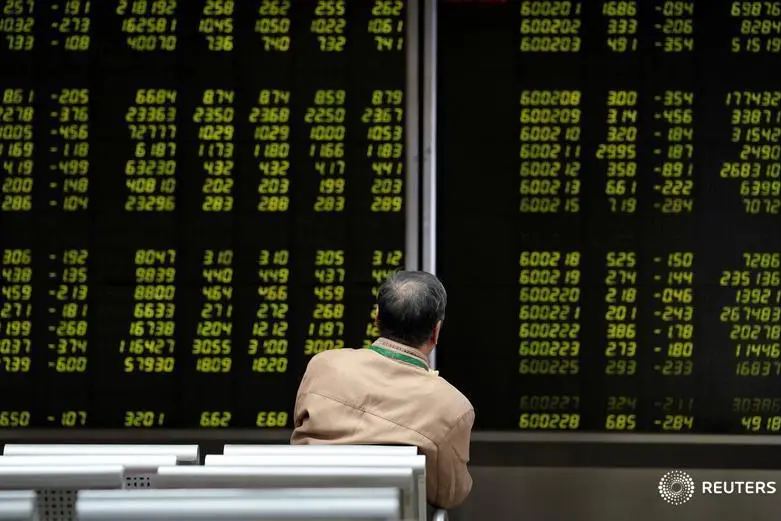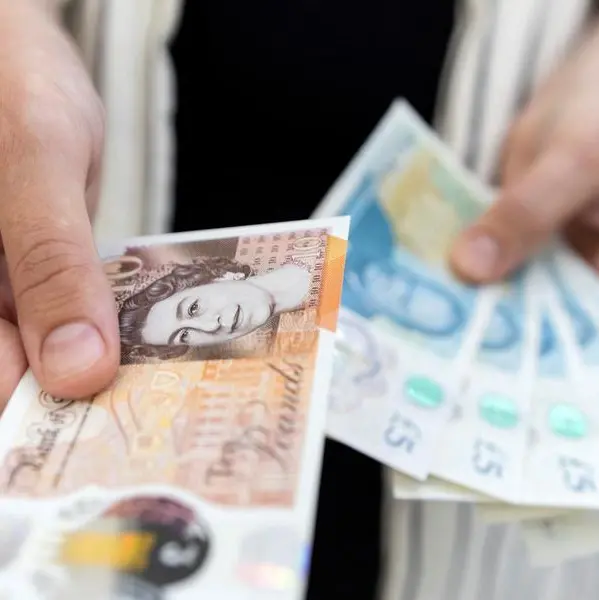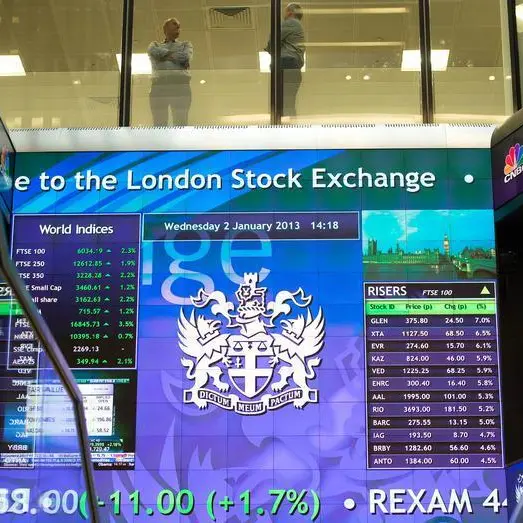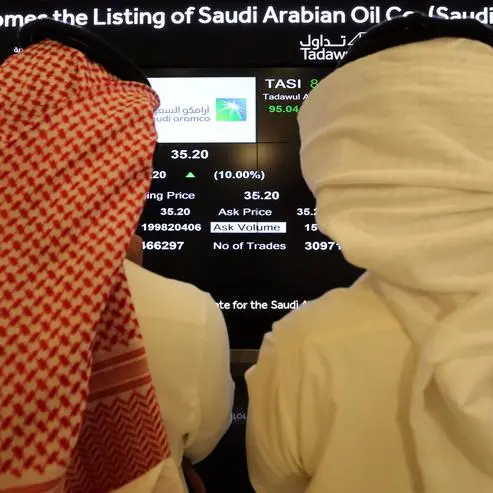PHOTO
TOKYO/NEW YORK: Asian shares paused for breath on Tuesday following a surge sparked by speculation Beijing is trying to orchestrate a major domestic bull run to support an economy hit by the coronavirus and a standoff with Washington.
MSCI's broadest index of Asia-Pacific shares outside Japan was last down 0.25%, a seemingly inevitable correction after sharp gains of 7% in just five days that took it to a 4-1/2-month high.
Japan's Nikkei gave up 0.7% while U.S. stock futures shed 0.3% EScv1 in Asia after hefty gains on Monday in the wake of surging Chinese shares.
Analysts say jawboning by the Chinese government through a state-sponsored journal on the importance of "fostering a healthy bull market" is spurring the buying binge in mainland Chinese shares.
Bluechip CSI300 index of Shanghai and Shenzhen shares, which had gained more than 13 in the past five sessions, gained another 1.7%, led by rises in tech sector.
"China is now trying to put all its resources on the semi-conductor and the IT sector so it can stand on its own feet in the area," said Norihiro Fujito, chief investment strategist at Mitsubishi UFJ Morgan Stanley Securities.
"Given this whole project is likely spearheaded by (Chinese leader) Xi Jinping, the rally could have a long leg to go, even though it does feel a bit risky and could be prone to setbacks."
China's moves came as the Sino-U.S. disagreements have gone beyond trade and tariff to include a whole gamut of issues, such as the status of Hong Kong, signalling to some investors that Beijing may be aiming to reduce its dependence on the West.
The current China rally has echoes of the past, especially during 2007 and in the buying binge that followed the crash in 2015 that was largely driven by Chinese retail investors.
"Shades of John F. Kennedy's 'Ask not what your country can do for you' inauguration speech here and as close as you might get to a Chinese government 'put' as anything the Fed has done to date vis-à-vis the U.S. stock (and credit) markets," said Ray Attrill, head of FX strategy at NAB, in a research note.
A sharp rebound in U.S. services industry activity in June, almost returning to pre-pandemic levels, also helped to whet investors' risk appetite.
Still, new coronavirus cases surged in several states, forcing some restaurants and bars to close again in a setback to the budding recovery, keeping gains in risk assets in check.
In the currency market, the Chinese yuan made headway, hitting its highest levels in nearly four months. The renminbi rose 0.1% to 7.0115 per dollar CNY=CFXS .
"The yuan is supported by the risk-on mood in the Chinese share market despite lingering uncertainties over the U.S.-China relations and an anticipated slow pace of recovery," said Ei Kaku, senior strategist at Nomura Securities.
"Nor have we seen large capital flows that would boost the yuan," she said.
Other major currencies were little changed, with the yen flat at 107.37 to the dollar and the euro unchanged at $1.1312.
The Reserve Bank of Australia is expected to hold its cash rate at 0.25% and make no changes to policy at Tuesday's board meeting, leaving markets to focus on the accompanying statement. There will be particular attention on whether the central bank notes the Australian dollar's rise.
The Aussie was steady at $0.6964.
Gold held steady near 8-year peak, changing hands at $1,783.3 per ounce.
Oil prices eased in tandem with the pullback in stocks.
Brent crude LCOc1 lost 0.66% to $42.83 per barrel, while U.S. West Texas Intermediate crude CLc1 fell 0.64% to $40.37.
(Editing by Shri Navaratnam) ((hideyuki.sano@thomsonreuters.com; +81 3 4563 2768;))
((To read Reuters Markets and Finance news, click on https://www.reuters.com/finance/markets For the state of play of Asian stock markets please click on: 0#.INDEXA ))












